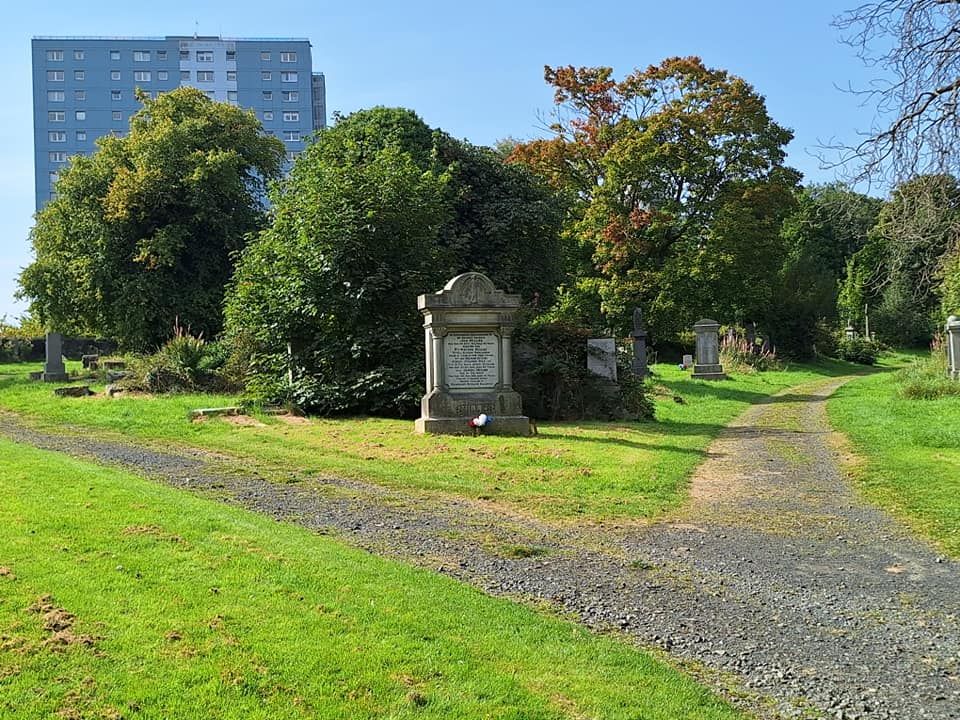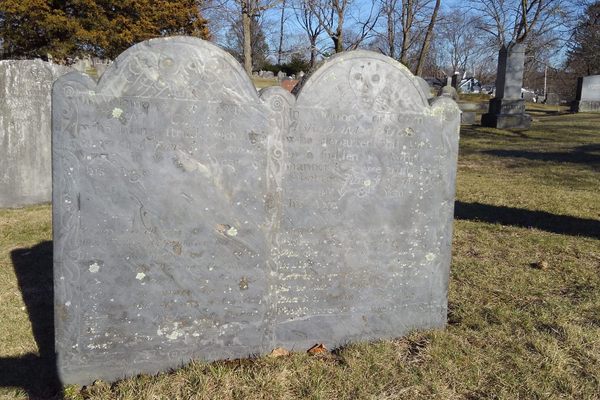About
Born in Leith, Edinburgh on June 16, 1876 (though his grave marker says 1875), William "Bill" Struth went on to become one of the most successful football managers in the world, managing the Rangers Football Club for 34 years. Originally a stonemason by trade, Struth excelled at middle-distance running, competing in races across the city. But Struth was a soccer enthusiast, or football as it's known in England, and in the early 1900s he began his soccer coaching career with Heart of Midlothian and later Clyde.
Struth began his long and illustrious career with the Rangers after initially getting a job as assistant manager of the club in 1914. Tragically in 1920, then-manager William Wilton drowned off the west coast of Scotland in a boating accident and it was at this time that Struth was chosen to step up to take the managerial position. In his many years as manager, Struth won the Scottish League 18 times, in addition to multiple Scottish Cup and Scottish League Cup wins. Overall, he won a total of 73 trophies during his career, a feat which lists him as the most successful manager in the history of British soccer and one of the most decorated in the world of sport.
Struth developed a reputation as a strict disciplinarian and his high standards at the club demanded all players to wear a collar, tie, and bowler hat for both matches and training sessions. One player, Bob McPhail, remembered, "We were told to always dress well in a dark suit with a white shirt and sober tie and to wear a bowler hat on match days, while Celtic players wore a gallus working man’s bunnet."
Bill Struth died at the age of 80 in September 1956 and was laid to rest at Craigton Cemetery, where his grave overlooks Ibrox Stadium. In 2006, the main stand at Ibrox Stadium, the home of the Rangers, was renamed the Bill Struth Main Stand on the 50th anniversary of his death. Within the stand, a bronze bust of Struth looks out at fans, who remember the great contribution he made to the club.
Related Tags
Know Before You Go
In 2016, there was a memorial placed at the grave which lists Struth's achievements during his long managerial career. This is also the final resting place of his wife, Catherine Forbes.
Locating the headstone involves a bit of detective work. The closest entrance is at, appropriately named Cemetery Road, in the south-west quadrant. A few feet from here is a lone gravestone for "Miller," it is situated at a crossroads. Taking the dirt path on the right, proceed a few yards. Hidden amongst the trees on the left-hand side, one will find the gravesite.
For those interested in Rangers trivia, this same path contains the headstones of two brothers, Moses and Peter McNeil. These two, along with Peter Campbell and William McBeath founded the Rangers. Just before the Struth's on the right-hand side, are two sets of Celtic Crosses. Behind them, one will find the McNeil's.
Flavors of Scotland: Beyond the Haggis
Smoked seafood, single malt whisky, and warm hospitality.
Book NowPublished
February 21, 2023





































